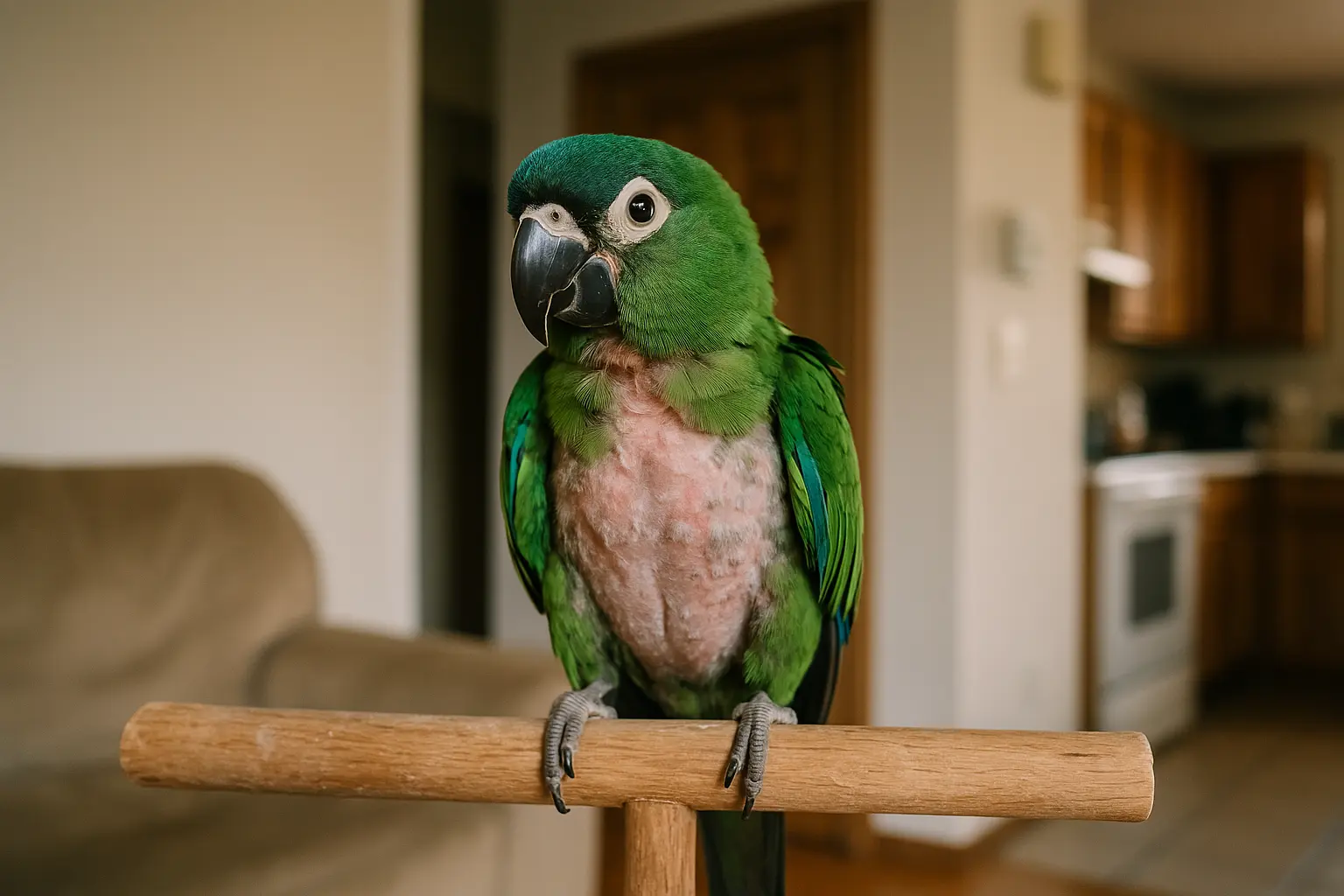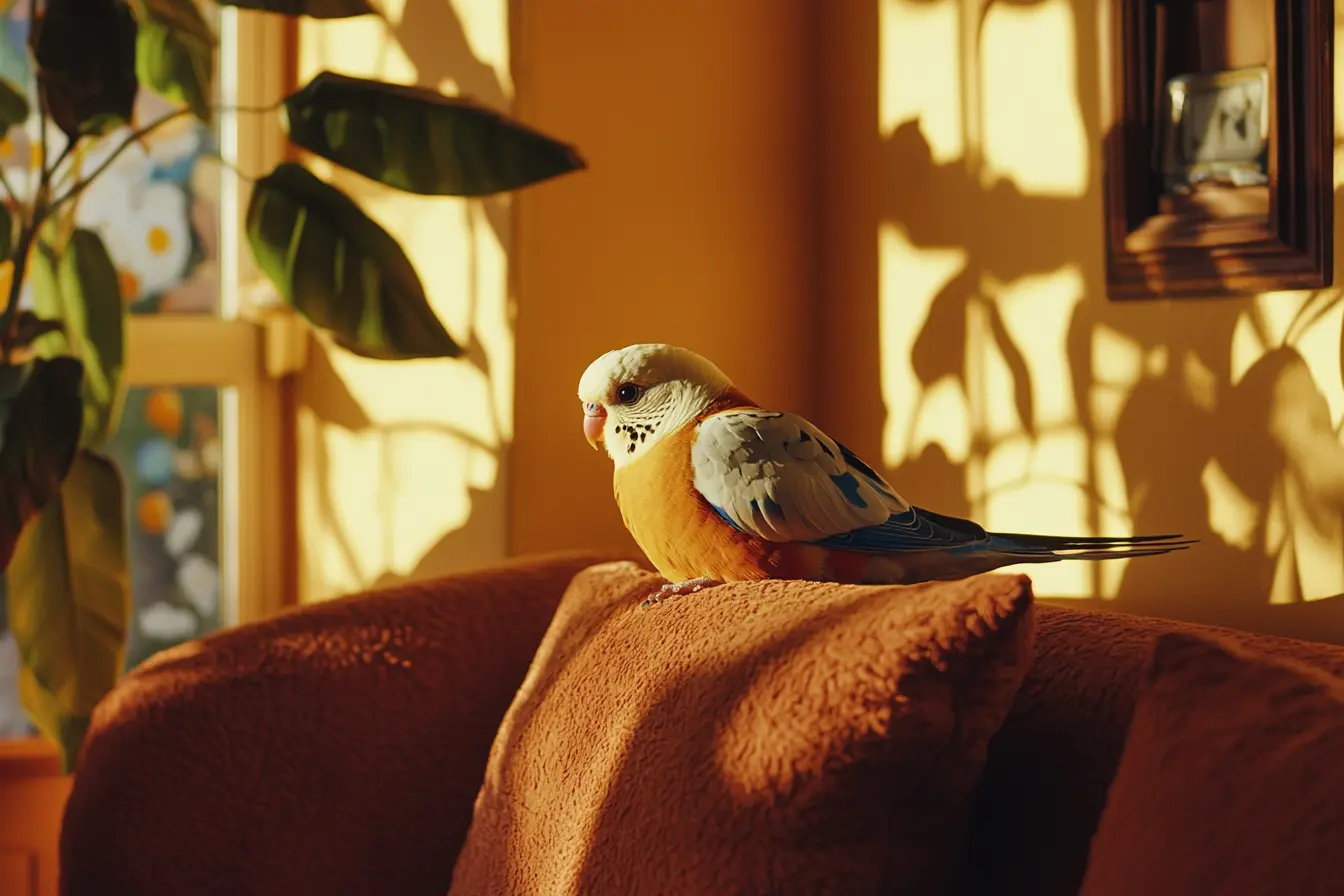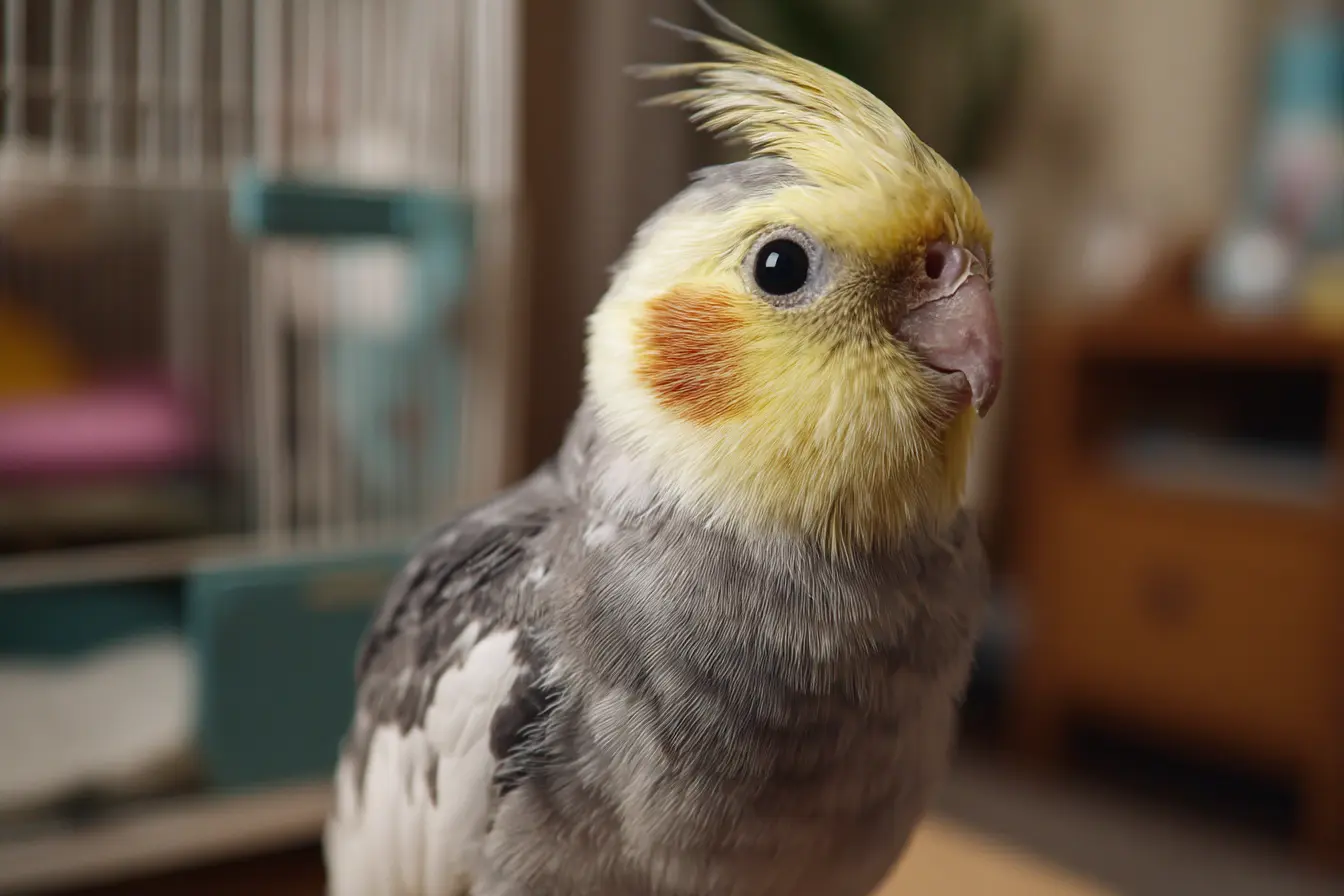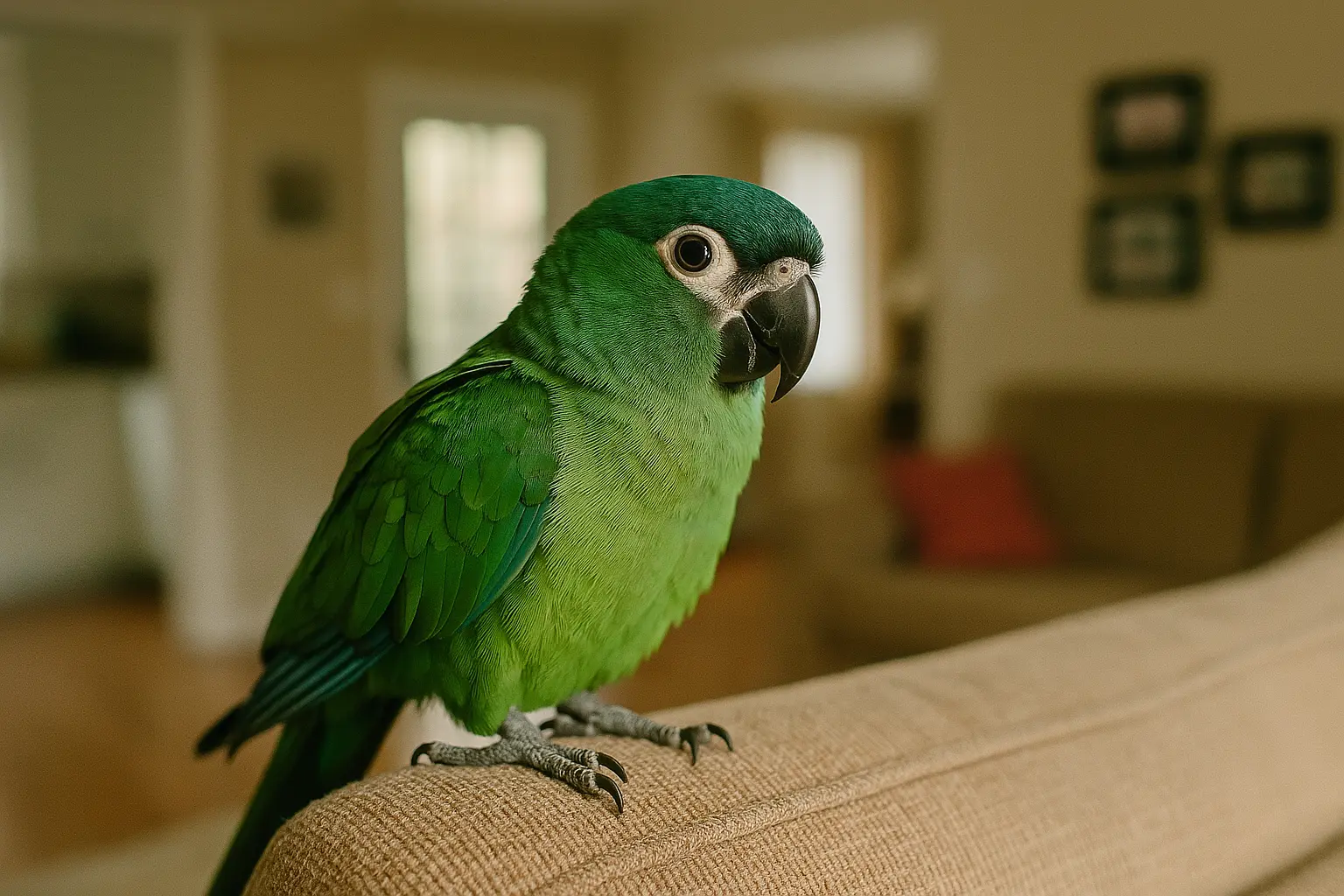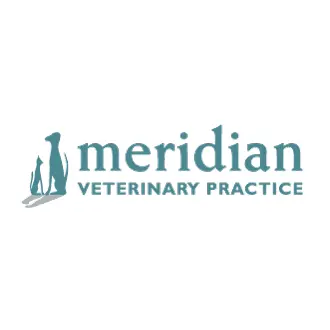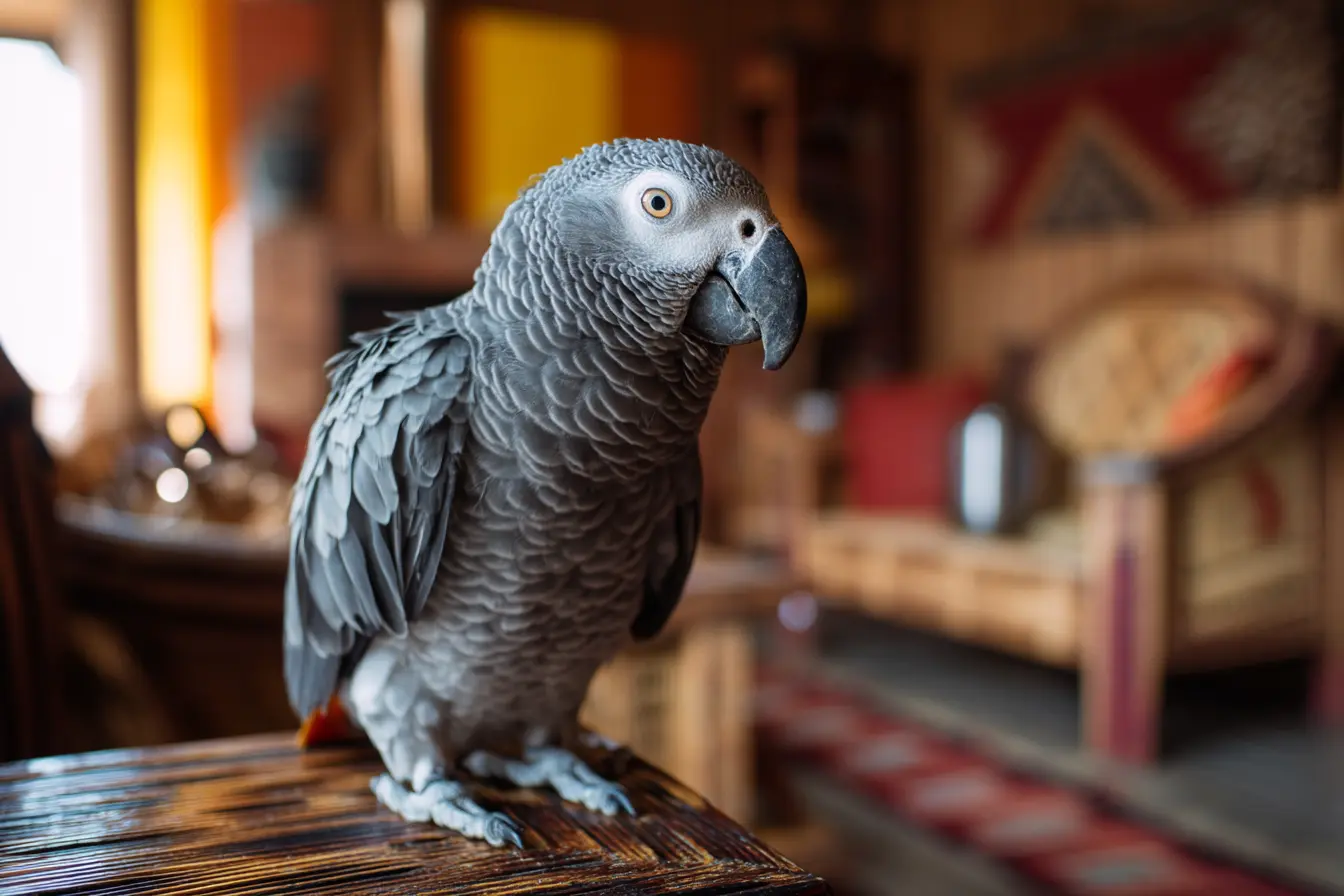
Respiratory Infections in Pet Birds: Causes, Symptoms, Prevention, and Treatment
Respiratory infections are among the most common health issues affecting pet birds such as parrots, budgies, finches, and canaries. Because birds have a highly efficient but delicate respiratory system, even minor infections can quickly become severe. Understanding the causes, recognising symptoms early, and seeking appropriate treatment can significantly improve a bird’s chances of recovery.
This guide explores the causes, symptoms, prevention, and treatment of respiratory infections in pet birds, helping bird owners provide the best possible care.
How the Avian Respiratory System Works
Birds have a unique respiratory system that differs from mammals in several ways:
- Air sacs: Birds have nine air sacs that help with efficient oxygen exchange. These extend into bones, making infections particularly dangerous if they spread.
- Fixed lungs: Unlike mammals, bird lungs do not expand and contract; instead, airflow is regulated through the movement of the sternum and ribs.
- Two-cycle breathing process: Birds inhale and exhale twice for a full breath cycle, making their respiratory system more efficient but also more vulnerable to airborne pathogens and irritants.
Because of this delicate system, any obstruction, infection, or inflammation can lead to serious breathing difficulties.
Causes of Respiratory Infections in Birds
Respiratory infections in birds can be caused by bacterial, viral, fungal, or environmental factors.
Bacterial Infections
- Chlamydophila psittaci (Psittacosis): A common and serious bacterial infection that is zoonotic (transmissible to humans). Causes flu-like symptoms in birds and can lead to pneumonia in humans.
- Mycoplasma infections: Often seen in budgies and finches, leading to sneezing, nasal discharge, and breathing difficulties.
- Other bacteria (E. coli, Staphylococcus, Pasteurella): Opportunistic infections that can occur due to poor hygiene, stress, or a weakened immune system.
Viral Infections
- Avian influenza: A serious and highly contagious viral infection that can cause severe respiratory distress.
- Newcastle disease: Affects multiple body systems, including the respiratory tract, and can cause sneezing, nasal discharge, and neurological symptoms.
- Polyomavirus: Primarily affects young birds, leading to difficulty breathing and sudden death in severe cases.
Fungal Infections
- Aspergillosis: A common fungal infection caused by Aspergillus spores found in mouldy food, damp environments, or dirty cages. It leads to chronic respiratory issues, difficulty breathing, and lethargy.
Environmental Causes
- Dust and airborne irritants: Fine dust from seed husks, dander, or feather dust can cause irritation and secondary infections.
- Cigarette smoke and aerosols: Chemical fumes can damage the respiratory system, leading to chronic breathing problems.
- Poor ventilation: Stagnant air increases the risk of airborne pathogens.
- Temperature fluctuations: Birds are sensitive to sudden changes in temperature, which can weaken their immune system and make them more susceptible to infections.
Symptoms of Respiratory Infections in Birds
Early recognition of symptoms is critical. Birds often hide signs of illness until the condition is advanced, so subtle changes should not be ignored.
Common Symptoms
- Sneezing and nasal discharge
- Laboured breathing (dyspnoea) – Open-mouth breathing, wheezing, or audible clicking sounds.
- Tail bobbing – Exaggerated up-and-down movement of the tail while breathing.
- Voice changes or loss of vocalisation – Hoarseness or complete silence in previously vocal birds.
- Eye discharge or swelling – Puffy, red, or watery eyes.
- Lethargy and fluffed-up feathers – A general sign of illness in birds.
- Loss of appetite and weight loss – Birds with respiratory infections may eat less due to difficulty breathing.
Diagnosing Respiratory Infections
A qualified avian specialist vet should always diagnose and treat respiratory infections. Diagnosis typically involves:
- Physical examination: The vet listens to the bird’s breathing and checks for nasal discharge or swelling.
- Blood tests: Can detect bacterial or viral infections.
- Nasal or choanal swabs: Used to identify bacterial or fungal infections.
- X-rays or endoscopy: Helps check for deeper infections in the air sacs and lungs.
Treatment Options for Respiratory Infections
Treatment depends on the underlying cause and severity of the infection.
Antibiotics and Antifungal Medications
- Bacterial infections: Treated with antibiotics such as doxycycline (for Psittacosis) or enrofloxacin (Baytril).
- Fungal infections: Require antifungal medication such as itraconazole or amphotericin B.
- Nebulisation therapy: Inhaled medications (antibiotics or antifungals) help deliver treatment directly to the respiratory tract.
Supportive Care
- Humidity control: A humid environment can ease breathing difficulties, especially in birds suffering from sinus infections.
- Nutritional support: A well-balanced diet boosts the immune system and aids recovery.
- Minimising stress: Keep the bird in a quiet, warm area to reduce stress and allow better recovery.
Hospitalisation
Severe infections may require hospitalisation for oxygen therapy and intensive care. Birds struggling to breathe may need immediate oxygen supplementation.
Preventing Respiratory Infections in Birds
Maintain a Clean Environment
- Clean the cage, perches, and food dishes regularly to reduce bacteria and fungal spores.
- Avoid damp environments that encourage mould growth.
Ensure Good Ventilation
- Keep cages in well-ventilated areas, but away from direct draughts.
- Use air purifiers to remove airborne dust and allergens.
Avoid Harmful Irritants
- Never smoke near birds.
- Avoid using aerosol sprays, perfumes, and scented candles.
Provide a Healthy Diet
- A balanced diet with fresh vegetables, fruits, and high-quality pellets strengthens the immune system.
- Avoid seed-only diets, which can lead to vitamin deficiencies that weaken respiratory health.
Regular Vet Check-ups
- Annual health checks can help detect respiratory issues early before they become severe.
- Any new bird should be quarantined for at least 30 days before introducing them to other birds to prevent disease spread.
When to See a Vet
Respiratory infections can quickly become life-threatening if untreated. Seek immediate veterinary attention if your bird:
- Shows signs of severe breathing difficulty (open-mouth breathing, wheezing).
- Has persistent nasal or eye discharge.
- Becomes unresponsive, weak, or stops eating.
- Develops tail bobbing or audible breathing noises.
The Importance of a Specialist Avian Vet
Respiratory infections can be challenging to diagnose and treat effectively, which is why consulting a specialist avian vet is essential. Unlike general veterinarians, avian specialists have advanced training in bird medicine and are equipped with the necessary knowledge and diagnostic tools to handle complex avian diseases.
Why Choose an Avian Specialist?
- Accurate Diagnosis – Many bird illnesses share similar symptoms. A specialist avian vet can conduct the appropriate tests.
- Specialised Treatment Plans – Birds metabolise medications differently from mammals, and incorrect dosages can be harmful. Avian vets prescribe precise antibiotic regimens that ensure effective treatment while minimising risks.
- Preventative Care – Routine check-ups with an avian vet help detect early signs of health issues before they become severe.
- Expert Advice on Husbandry – A specialist can provide guidance on diet, cage hygiene, and environmental enrichment to reduce the risk of stress-induced infections.
Final Thoughts
Respiratory infections in pet birds can be caused by bacteria, viruses, fungi, or environmental factors. Because birds have a highly sensitive respiratory system, even mild symptoms should be taken seriously. Prevention through proper hygiene, ventilation, and diet is key to minimising risks. If symptoms appear, early veterinary intervention can make a significant difference in treatment success and overall prognosis.
By understanding respiratory infections and taking proactive steps to protect your bird’s health, you can ensure a long, happy life for your feathered companion.
Contents
- How the Avian Respiratory System Works
- Causes of Respiratory Infections in Birds
- Symptoms of Respiratory Infections in Birds
- Diagnosing Respiratory Infections
- Treatment Options for Respiratory Infections
- Preventing Respiratory Infections in Birds
- When to See a Vet
- The Importance of a Specialist Avian Vet
- Final Thoughts
Tags
Related Vets
Vets near you
Speciality vets
- Aquatics vet specialists
- Birds vet specialists
- Camelids vet specialists
- Cats vet specialists
- Cattle vet specialists
- Deer vet specialists
- Dogs vet specialists
- Equines vet specialists
- Exotic vet specialists
- Goats vet specialists
- Pigs vet specialists
- Poultry vet specialists
- Sheep vet specialists
- Small Mammals vet specialists
- Wild vet specialists
